Assessing Silver Purity: A Guide to Acid Testing and Identifying Silver Content
Testing the purity of silver with acid is a traditional and efficient technique utilized by jewelers, collectors, and metalworkers to determine the quality and authenticity of silver items. This method involves applying a small drop of acid on the silver piece and observing the resulting color change, a reaction that varies with different purities of silver, providing a quick indication of the item’s silver content.( test kit)
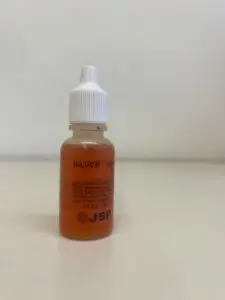
For fine silver, recognized as 99.9% pure, the acid test reveals a bright
red color, indicating the highest purity level typically seen in bullion bars and select jewelry. Sterling silver, an alloy composed of 92.5% silver, reacts to the acid by turning dark red. This alloy is favored for its perfect balance between beauty and durability, making it a popular choice for various silver articles. Silver with 80% purity, often marked as silver 800, changes the acid to a brown color. It’s less common but can be found in antique or vintage items. Lastly, silver of 50% purity exhibits a green color upon testing, indicating a significantly lower silver content.
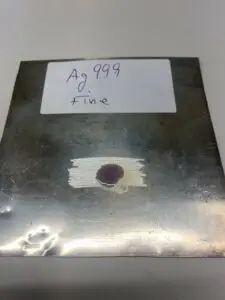
However, it’s crucial to address the challenge posed by silver-plated items. Silver plating involves covering a base metal with a thin layer of silver, creating a surface that may mislead the acid test if not properly prepared. To ensure accuracy, it’s essential to gently file or scratch the surface of the item to expose the base metal beneath the silver layer. This preparation step allows the acid test to interact with the true material, offering a reliable assessment of the item’s overall silver purity.
Incorporating this preparation step is especially important for items that might be silver-plated, ensuring the test evaluates the bulk material’s purity rather than just the plating. This approach prevents inaccurate assessments and helps in correctly identifying the true value and authenticity of silver items.
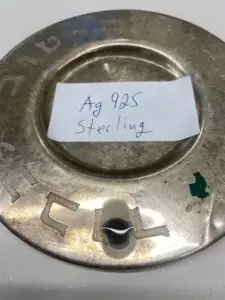
While the acid test is a low-cost and accessible method that provides immediate insights, it’s important to recognize its limitations. The test helps categorize silver articles into groups based on their purity levels, but for a comprehensive understanding of an item’s exact alloy composition, further analysis is recommended. In such cases, X-ray fluorescence (XRF) testing is advisable. XRF testing offers a non-destructive and highly accurate analysis of the metal’s composition, making it an excellent tool for precisely determining the alloy’s makeup without causing any harm to the item.
In conclusion, while acid testing is a valuable first step in assessing silver purity, especially useful for separating silver articles into purity groups quickly and affordably, it’s only part of the picture. For detailed analysis and verification of an item’s alloy composition, XRF testing is the recommended approach, ensuring accurate and detailed results. Whether for professional jewelers or curious collectors, understanding these testing methods enhances the ability to evaluate and appreciate the true value of silver items.
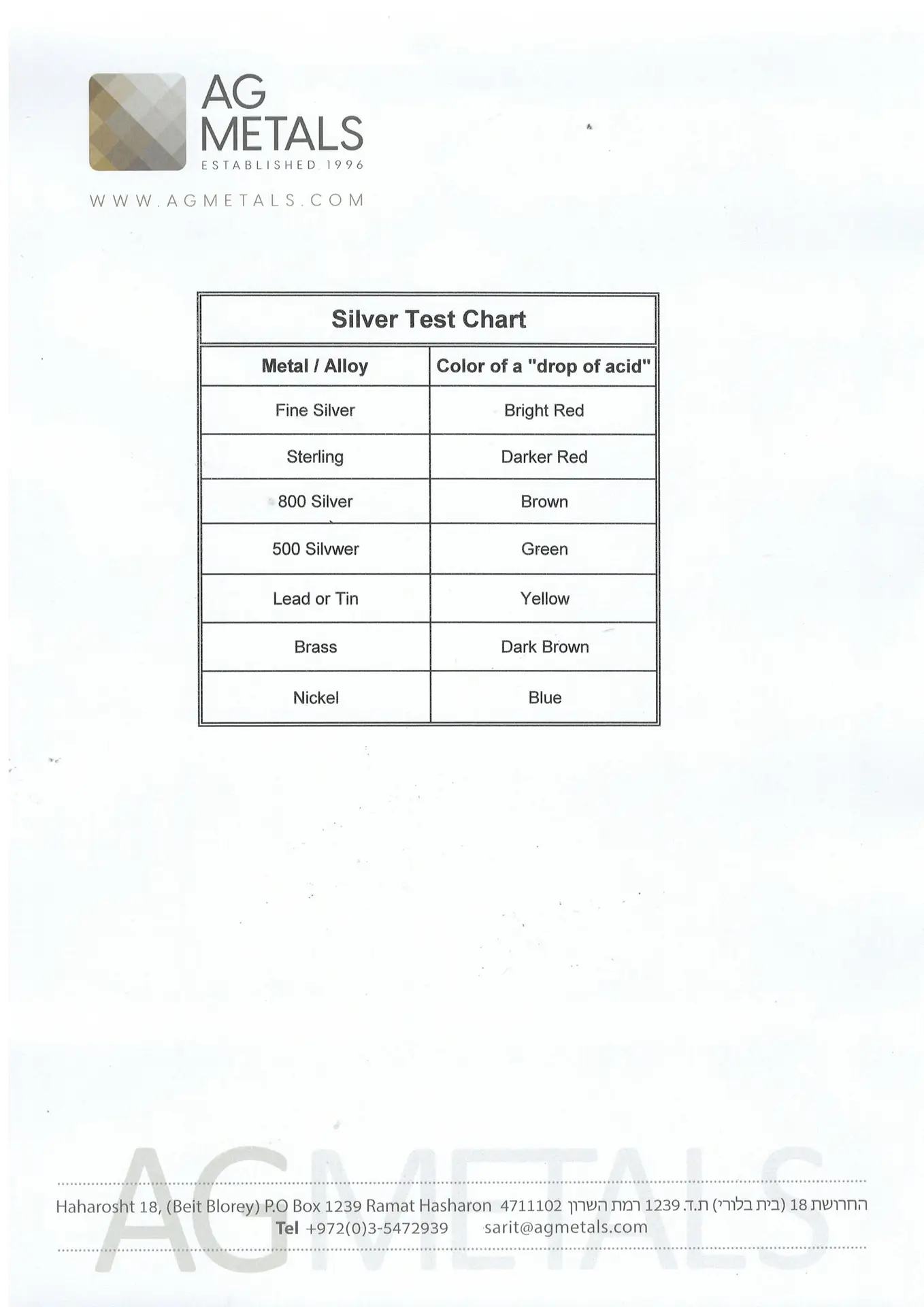

Eddy Current Testing for Authenticating Gold and Silver
Advanced Metal Verification: Eddy Current Testing for Authenticating Gold and Silver IntroductionEddy current testing stands as a non-destructive technique crucial for verifying the authenticity of
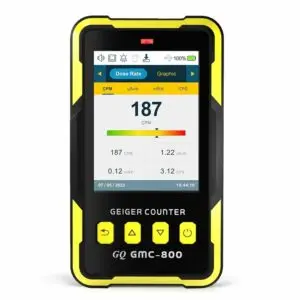
GQ GMC-800 Nuclear Radiation Detector USA Design
GQ GMC-800 Nuclear Radiation Detector USA Design Product US National StandardGreat affortable detectoer – for more info press MORE
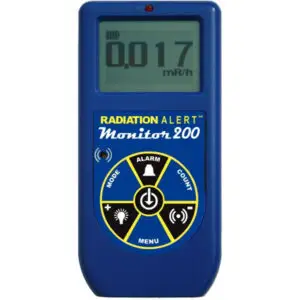
SE International MONITOR 200 Compact Radiation Detector
SE International MONITOR 200 Compact Radiation Detector Monitor 200 The Monitor 200, your go-to solution for precise and versatile radiation detection. This state-of -the-art device

Radiation Concerns in Precious Metals and Electronic Scrap
Radiation Concerns in Precious Metals and Electronic Scrap In the recycling and processing of precious metals and electronic scrap, one significant concern that often arises
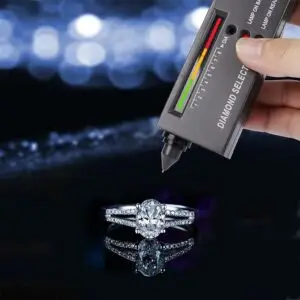
Harnessing the Power of Diamond Testers in Precious Metals Scrap Dealing
Harnessing the Power of Diamond Testers in Precious Metals Scrap Dealing In the competitive and intricate world of precious metals scrap dealing, tools that enhance

CATALYST OF THE WEEK & TIP OF THE WEEK – 27
This week we present Cadillac CTS Auto cat. and Tip: Coins, Proof Coins, and Rounds
